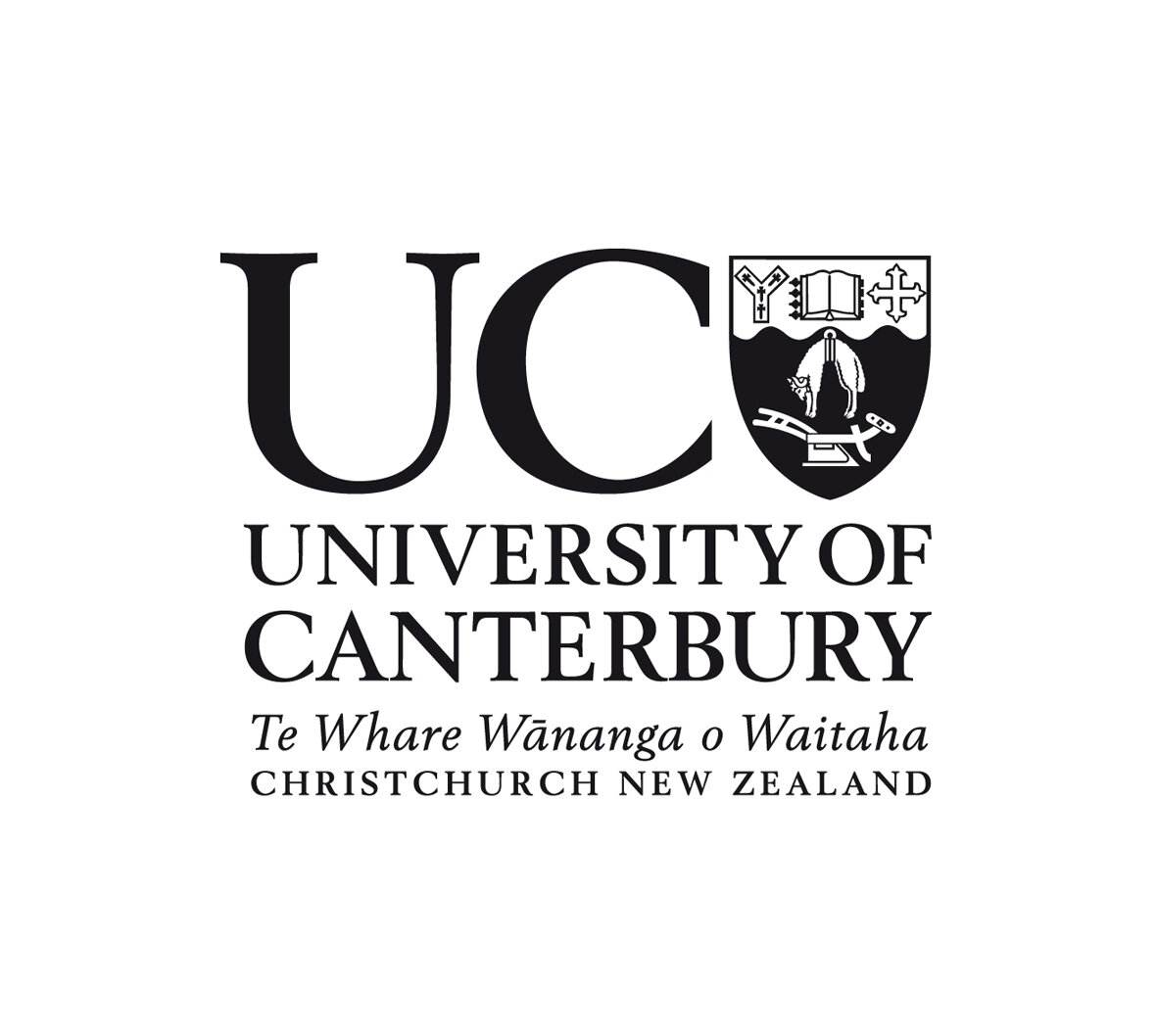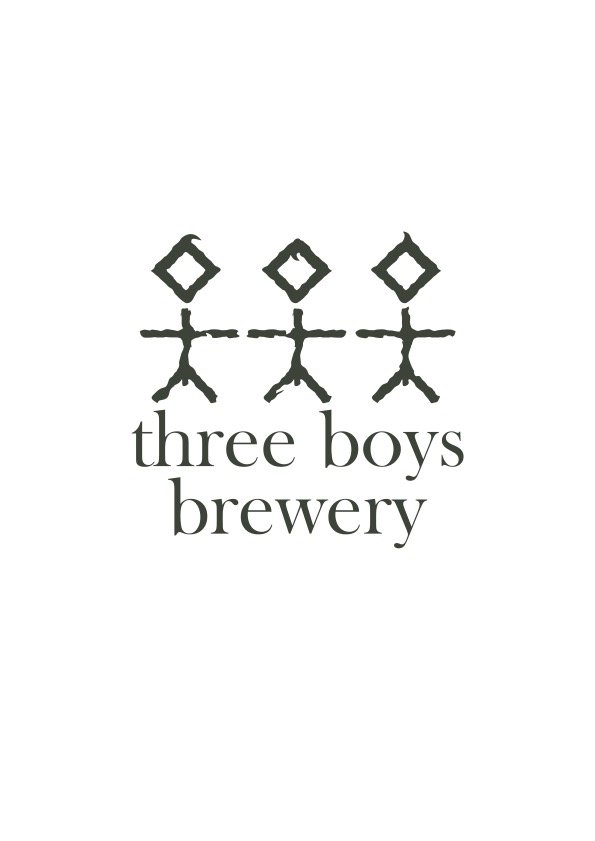The Casting Room is a student exhibition space in the Sculpture department, Block 3, Ilam School of Fine Arts. Once an actual studio for casting, the space has been used by students to experiment and trial works for over twenty years. More recently The Casting Room has been used for an annual series of student exhibitions throughout Term Three.
This year exhibitions range from sculptural explorations and re-presentations of the everyday through cast objects; notions of identity within the space of the digital; contemporary experiences of tactility and the natural world; to paintings that explore identity in dreamscapes and portraits. Exhibitions are presented by undergraduate and postgraduate level students. Posters have been designed especially for each exhibition by third year graphic design students, and Honours level Art History students will respond to the exhibitions with written texts.
2019 exhibiting artists were Liam Krijgsman, Sam Walker and Evangelyn Edilson, Giselle Fortune, Eilish Gordon, Orissa Keane, and Aaron Kong. The 2019 Casting Room exhibition season is now finished. Thank you to all the artists who participated and everyone who came and supported the programme.
2019 Exhibitions
a/s/l?
Aaron Kong
August 20 – 23, 2019
In the 60’s, Marshall McLuhan foretold a global village where the world would become interconnected through new technologies, moving away from individualism and toward a collective identity. Cut to the advent of the internet, a space in which we are able to connect instantaneously with others through remediated identities on social media. No longer are we segregated by geographic boundaries but by friend groups, follower counts and websites which evoke this notion of a global village. In turn, the boundaries between physical and digital identities have begun to blur, with representations within these digital spaces becoming synonymous with our offline ones. The individual has now become a prosumer in creating and engaging with material within the digital space to then curate content and identity. What was once a space for escapism however, has transformed into a conglomerate oasis of globalisation. Our identities have become corporatised through this globalized citizenship and the algorithms that define our interests. Brands appear on our timelines as if they were our friends and in turn influence our physical tastes and choices. This in turn confuses the distinction between individual and corporation, both becoming a singular entity.
What is identity in the space of the internet? What is individualism when our tastes are dictated by algorithms and cookies? Through the choreographed lens of pop culture, a/s/l/? aims to Q these A’s through investigating the notion of corporate identity in regards to the digital space.
We Have Come to an Understanding
Orissa Keane
August 13 – 16, 2019
After a process of push and pull between artist and material, navigating precarity and failure, an understanding has been reached where both object and artist are aware of their limitations. We Have Come to an Understanding embraces the tensions created between material and artist, material and material, and encourages thoughts about space and architecture, architecture and people, people and people, people and space.
Orissa Keane is interested in multiple understandings of how we construct and use space. Keane’s research investigates structural integrity alongside the varying different “integrities” that can be embodied by architecture and space. Integrity generally refers to a state of wholeness and, for that reason, it can be breached or broken. The futile task of trying to enhance the structural capabilities of a formless object interests Keane and plays to her investigation of tensions.
In The Casting Room are soft foam structures held in place by purpose built steel supports. These, alongside a series of drawings, explore a disconnect between what the drawings suggest and what the material actually does. This sets up a play between perception and reality; a demonstration of the relationship Keane has formed with the work.
For Lettie
Eilish Gordon
AUGUST 6 - 9, 2019
I have lived a long life.
I came home to the Le Prous in 1986.
I spent my youth at the center of their home,
My teenage years basking in the sun on their porch,
Draped in the smell of cigarettes and coffee.
My sun kissed fabric and damp frame were rescued by Kathie.
She brought me into her home, where I met Eilish.
We spent every morning together watching cartoons,
She would bring my old bones back to life with her laugh.
Then another home in the sunroom –
I would hold the fabric while Kathie sewed.
Luther would cuddle up into me when the sun rose through the windows,
He would scratch at my fabric, sharpening his claws.
Kathie said goodbye to the others.
She couldn't bear to part with me.
I was retired from their home,
Locked up in the dark.
Waiting for them to come back for me,
Waiting for them to come visit at least.
Eilish did.
She cleaned years of crumbs and dust away,
Wrapped me up in warm homely blankets as she prepared me for the end.
I am surrounded by people once more –
Dressed up and loved again.
My time has been served.
Low-Poly Slump
Giselle Fortune
July 30 - AUGUST 2, 2019
Fighting back against increasing time spent in digital spaces and a lack of embodied tactile experience, Giselle Fortune immersed herself in the landscape at Napenape on the North Canterbury coast. The limestone surrounding this amphitheatre-shaped slumped valley holds prehistory in its strata: a record of past worlds that lie parallel to our own. As well as these fossilised layers, living layers coexist: lime-green algae flourish on a pond. Virtual maps, visible via devices, form overlays that glimmer upon and sometimes disturb the physical landscape. Virtual gamescapes overlie this valley too, visible only to those with an app downloaded. How does our experience of tactility in these phantom worlds compare to embodied experience within the landscape?
Low-Poly Slump explores skins, layers and membranes within landscapes and digital spaces. Kombucha SCOBY, formed through a symbiotic relationship between bacteria and yeasts, is a membrane that embodies ecology. If binary concepts can be thought of as opposite sides of a single membrane, then Low-Poly Slump is an investigation into, and an experience of, the jelly-like substance in between.
Shadows on the Cave Wall
Sam Walker and Evangelyn Edilson
July 23 - 26, 2019
Shadows on the Cave Wall is a conversation between the practices of current Master of Fine Arts painters Sam Walker and Evangelyn Edilson.
Walker’s work is of dream and memory; it seeks clarity of self from the intersecting of past and the unconscious. Greyscale paintings are made in near darkness (with a range of premixed greys) where minimal detail is visible. Images are constructed from the general rather than the specific. These works that Walker refers to as ‘dark paintings’ act as a springing-off point for further iterations, where reference material is pulled from the external world as well as the internal.
Edilson’s practice endeavours to encapsulate the complex relationships women have with their identities. Internal understanding (or lack in understanding) of self and socially projected assumptions about womanhood are intertwined. This convolution is explored through the brightly toned works. For Edilson the human face, and subsequently the depiction of faces through portraiture, is in direct dialogue with notions of identity.
Free/Free
Liam Krijgsman
July 16 – 19, 2019
The film 'Speed 2: Cruise Control' was released in theaters in 1997 as the sequel to the widely acclaimed 'Speed' (1994). It borrowed the same plot devices of the first but has them occur at sea relying on overblown action sequences to compensate for poor writing. The result was an off brand version of the first, something that was typified through the replacement of Keanu Reeves with Jason Patric as the lead. It was panned by critics and followed a pattern of executive behaviour that sort to capitalise or exploit on the success of original films.
Film provides an analog for the hyper-reality of post-modernity where the real has become dislocated through perpetual re-representation. The repetition and replication of things affirms them within our current system of sight. Free/Free looks to parody the redundancies inherent to re-representation whilst also invoking the strange equivalences that occur with such mechanised vision.






















































